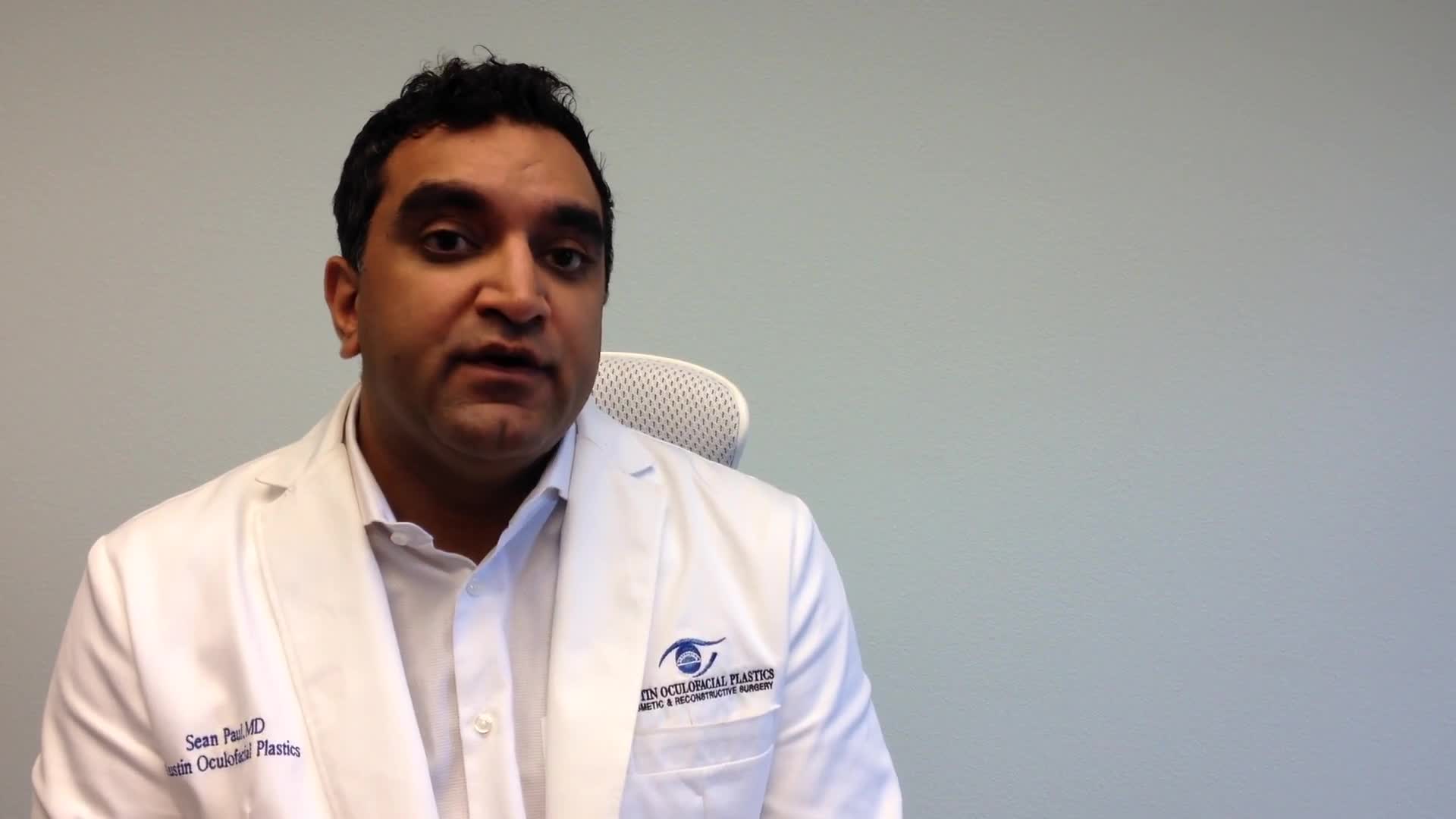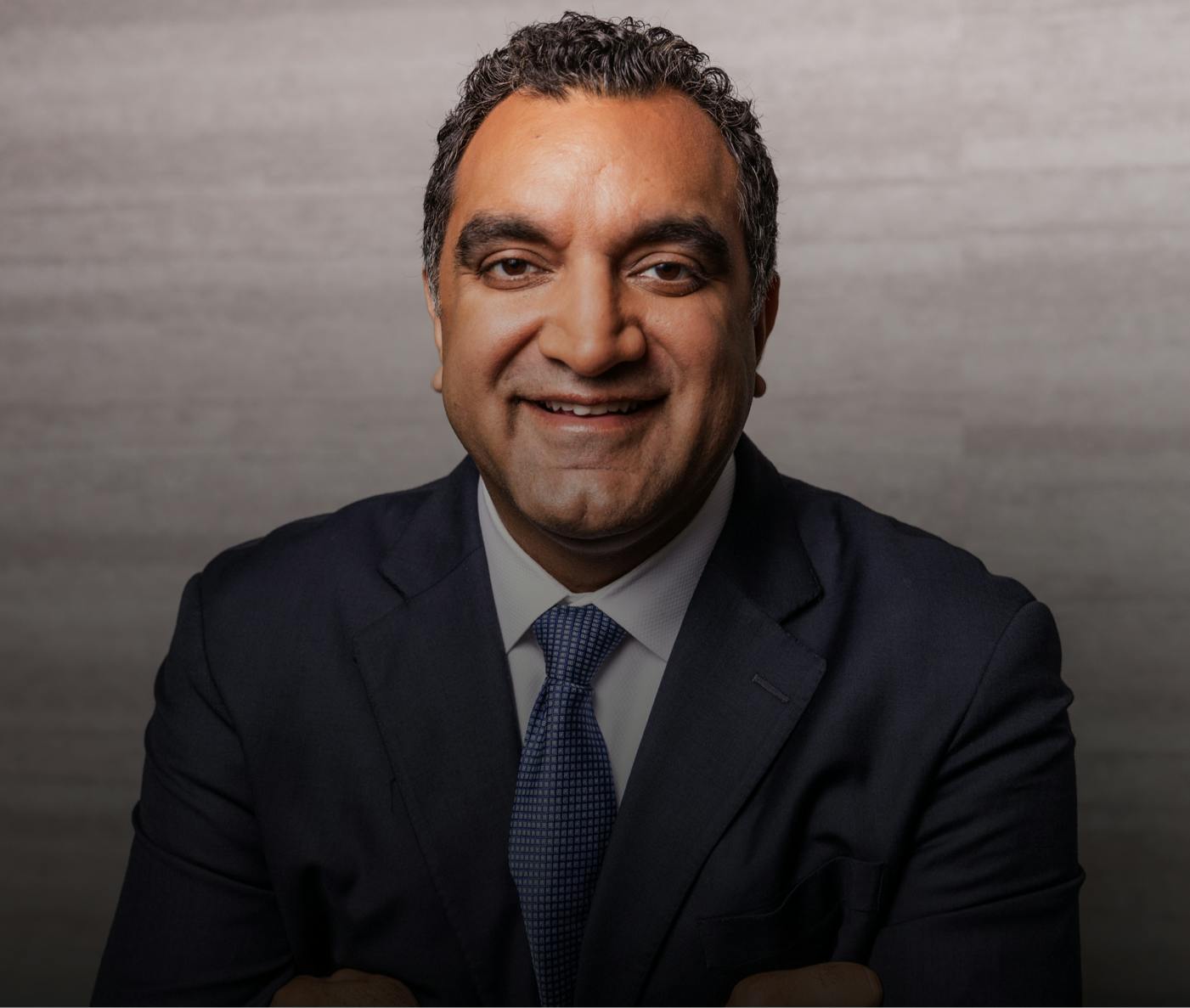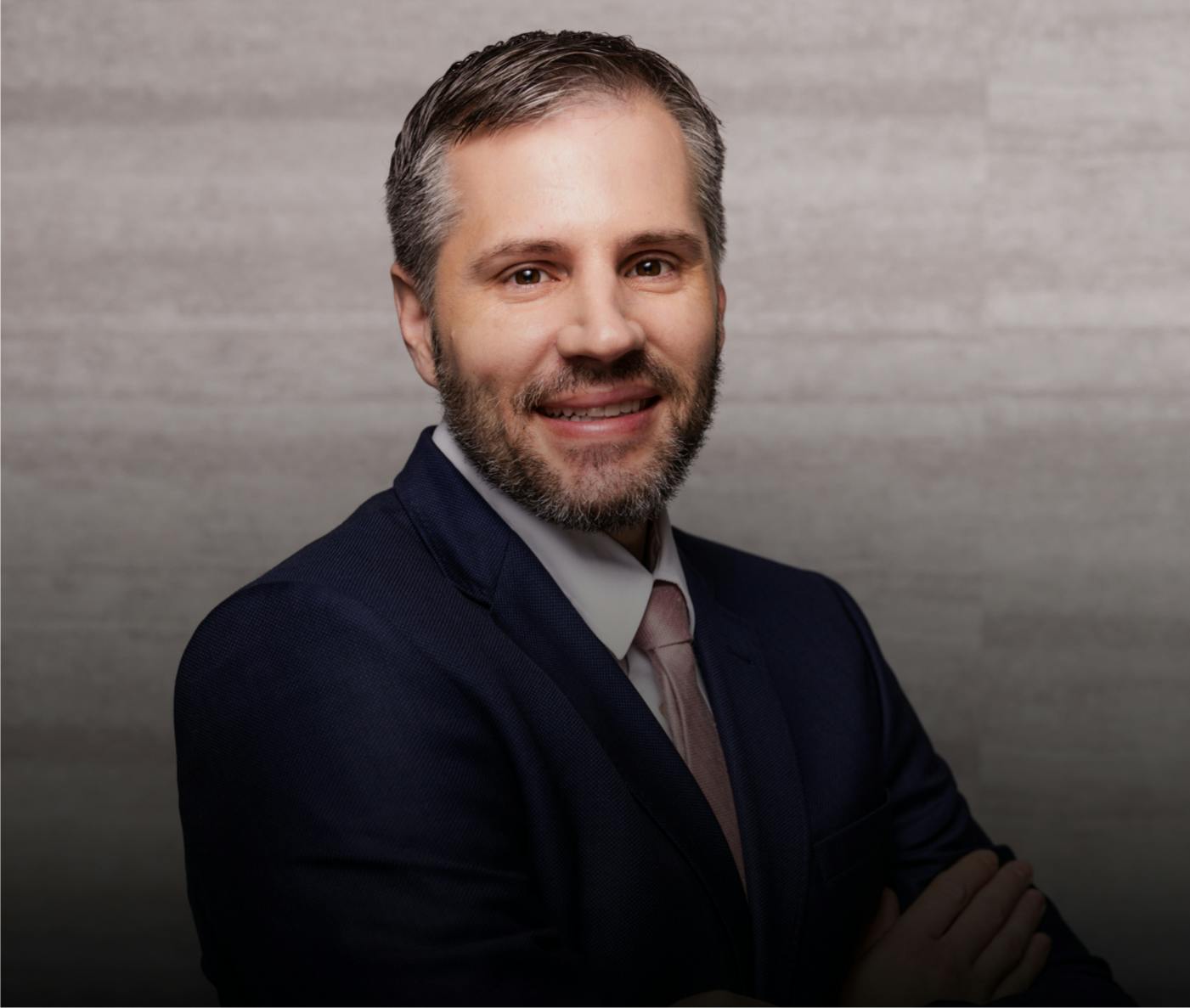Dr. Sean Paul is the founder of Austin Face & Body. As a widely published surgeon who has traveled all over the world to speak, Dr. Paul is renowned and highly regarded in his industry. He specializes in cosmetic and reconstructive eyelid and facial plastic surgery in Austin, and is board certified by the American Board of Ophthalmology.
How is DCR surgery performed?
DCR surgery successfully improves excessive tearing in more than 90% of patients. The success rate is not as high for patients with prior nasal surgery, sinus disease, or mid-facial trauma. The bypass fistula created during surgery may scar closed resulting in recurrent blockage of the tear drainage system.
Dacryocystorhinostomy is performed as an outpatient procedure under intravenous sedation and with local anesthetic. Dissolvable sutures are used, and there is no eye patch after surgery. Topical antibitiotic-corticosteroid eye drops are used for one week following surgery. The silicone lacrimal stent is typically removed around six months after DCR surgery.
Repeat DCR surgery may be required if recurrent blockage occurs. Nasal bleeding requiring nasal packing may occur during surgery, or anytime in the first several days following a DCR procedure.
Many patients may experience decreased blinking on the operative side following surgery. This may take weeks or months to slowly improve. Infection, vision loss, and cerebrospinal (CSF) fluid leak are rare but recognized complications of surgeries performed in the medial canthal (inside corner of the eye and side of the nose) area.




